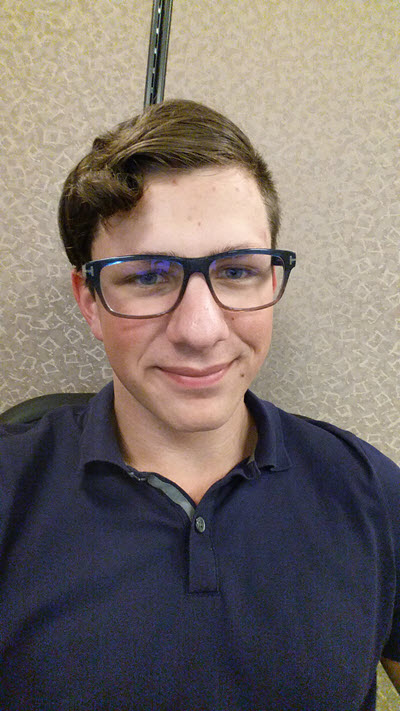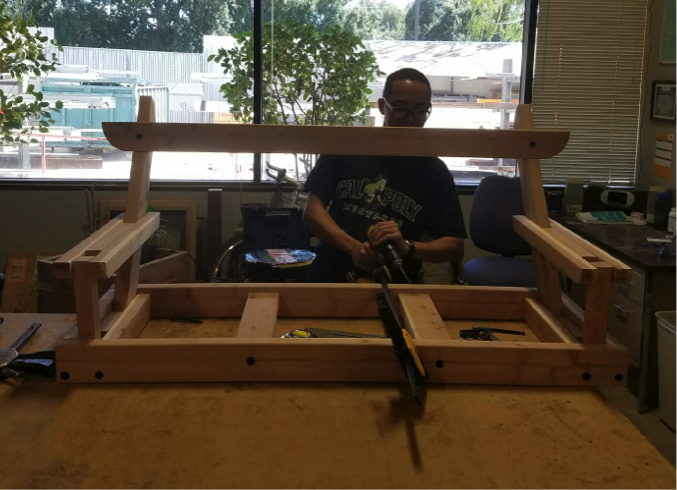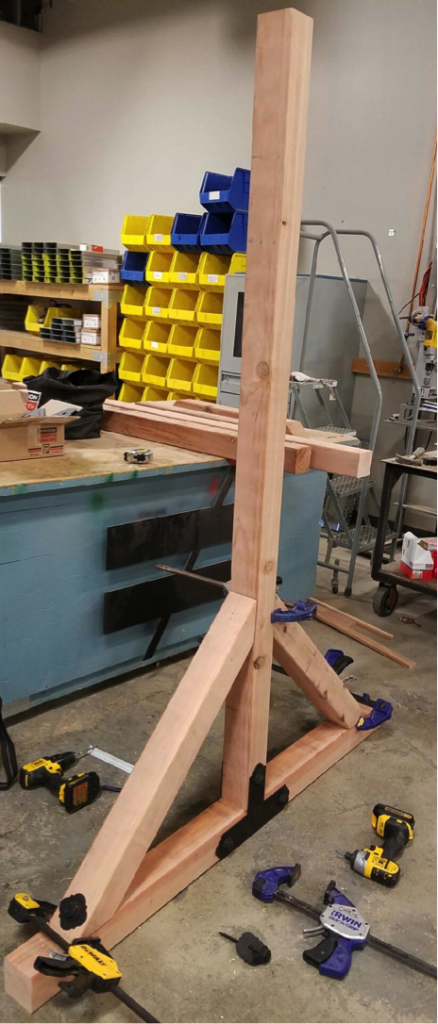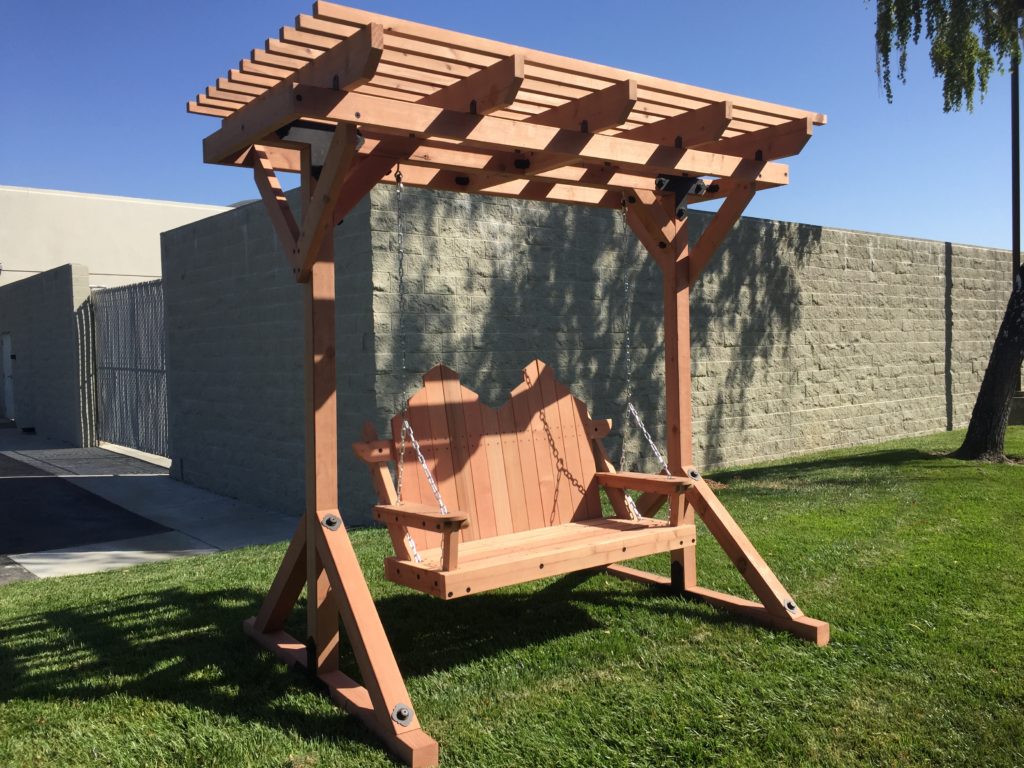Editor’s Note: This week’s blog post is written by one our college interns in the Engineering Department. Ian Kennedy spent the summer of 2016 as an intern for the McKinney office of Simpson Strong-Tie. He will be starting his second year at Calpoly San Luis Obispo in Fall 2016 studying Mechanical Engineering. As an intern, he spent his time helping the branch engineering department with numerous projects, as well as exploring projects of his own. He enjoys metalworking, fitness, and the outdoors. Thank you to Ian Kennedy for this week’s post.
As I write this, I can’t help but laugh that of all the interns studying structural, civil or architectural engineering in school, the intern writing the post for our Structural Engineering Blog is studying mechanical engineering. I haven’t met too many mechanical engineers during my time here at Simpson Strong-Tie. I know there are a few, but while a lot of mechanical engineers are focused on making things move, most of the people here concentrate primarily on making things stay still. I’ve found what Simpson does to be more important than a lot of my peers at school may realize – it seems ME students are more preoccupied with cars and equipment than with what’s keeping the roof from coming down on top of them. Still, my exigence alone wasn’t enough to cancel the uneasiness of a first-time intern doing things he never knew he would be doing.

If I had to go back and give myself a one-sentence explanation of what would be expected of me here, it would be this: “You’re going to find out what it takes to make a structure or system not work, then make sure no one else ever has that happen.” Although I doubt I would have appreciated what that meant at the time, I now think that it’s the most succinct explanation both of what Simpson Strong-Tie does, and of how I would need to approach my new position.

It started to click with me when I worked on load-rating calculations for some of the Simpson Strong-Tie products. A rating isn’t determined by what a product’s strengths are, but rather its weaknesses: “Here, here, and here are the ways things can go wrong, these are the ways it’s going to break, and finally, this is a list of the ways it’s going to be misused in reality. Now make sure none of that can feasibly happen, or people can get hurt.”

That’s a heavy burden, even if you’re just an intern. It’s given me a solemn respect for the engineers that sign off on calculations, testing and construction plans. It’s a respect I wasn’t anticipating: Respect for their intellect, sure; for their work ethic, absolutely; but I can’t say that I expected myself to develop a respect for the people I work with because of the weight of human life they carry. Maybe that’s because it’s my first experience with real engineering. Maybe it’s something every engineer develops through classes or experience – I hope it is, because the effect I believe it can have on the decisions engineers make is incredible.
I continued to realize the truth behind my view when I spent time in the onsite test lab. Things break. Sometimes it happens slowly, and sometimes it happens faster than you can blink. A lot of the time it doesn’t even happen how I expected, but, without fail, an engineer had made sure to check that failure mode in the calcs. And the message in my head reminded me – figure out how it can break, so that no one else has to.

In adjusting to my role as an intern, I found my view to be crucial to my growth. I made mistakes, as everyone does. There were countless things I didn’t consider, or hadn’t learned before, and in a way these were failures. But they were small failures, ones that could be addressed and learned from with the support and experience of the people I work with. I wouldn’t have grown without these failures, and I wouldn’t have been able to anticipate them in the future. Just like the products Simpson makes, I was strengthened by being tested and corrected. I used what I learned from my mistakes, and I’ll make sure that those aren’t ways in which I’ll fail in the future.
I can’t say for sure yet how being an intern here has strengthened my future specifically in mechanical engineering, but I can clearly identify the skills it’s given me that translate across anything I hope to do: continuous improvement, preparation for anything to go wrong, and respect for the one load not covered by ASD or LRFD – the weight of human life. These are the lessons I’ve learned above everything else at Simpson Strong-Tie. These are things I’ve found not only the company to stand for, but everyone working for it as well. Internships are supposed to simply provide an opportunity to gain skill and experience in the industry; however, more than that, my internship with Simpson Strong-Tie has taught me invaluable lessons that I hope my peers can someday have a chance to learn as well.


